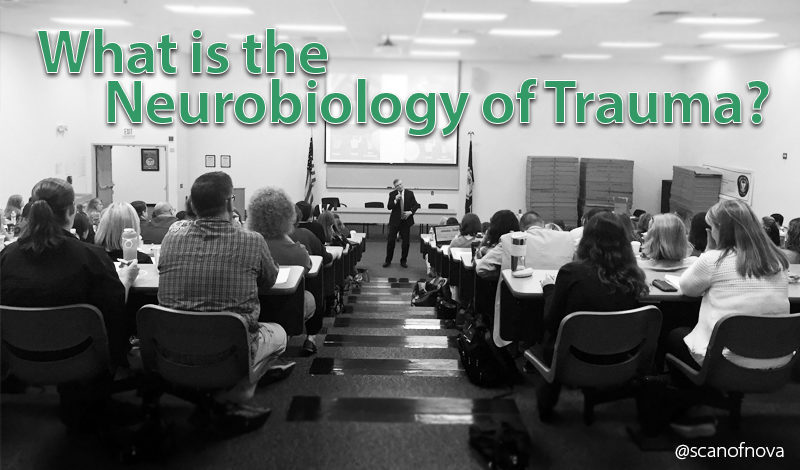October 17, 2016
On October 5, SCAN—with support from LAWS (Loudoun Abused Women’s Shelter) and its Loudoun Child Advocacy Center—brought together 129 local human service providers to hear Dr. Chris Wilson talk about The Neurobiology of Trauma.
 This relatively new approach allows those of us who work with children (including law enforcement, school staff, social workers and foster parents) to rethink not only how we question children but also about how we process the information that a child is giving to us.
This relatively new approach allows those of us who work with children (including law enforcement, school staff, social workers and foster parents) to rethink not only how we question children but also about how we process the information that a child is giving to us.
With more than 20 years of experience in the neurobiology of trauma, vicarious trauma, victim behavior, how to be trauma informed, and group process, Dr. Wilson has worked with a wide variety of audiences and is currently a trainer for the United States Army’s Special Victim Unit Investigation Course, Legal Momentum, and You Have Options Program.
Dr. Wilson reminded those of us attending that defining trauma looks something like this:
extreme fear/terror/horror + lack of control/perceived lack of control
=
very real changes in the brain at the time of the incident and after the incident
When a child experiences something traumatic, the pre-frontal cortex becomes impaired, meaning “we lose the ability to control our attention, integrate data, and make logical decisions” and the hippocampus is directly affected, thus affecting how a child remembers the traumatic event. This direct physiological impact must be taken into consideration not only when we first interact with children who have experienced a traumatic event, but also in how we continue the relationship with the child and how the child heals from the event.
Key training takeaways:
- We must remember that trauma is subjective because threat is subjective. It means different things to different people and therefore, every individual’s response to traumatic events vary.
- Children overwhelmingly blame themselves because of their egocentrism – it’s the only context they have.
- Victims from 9/11 have given us a “map of danger” that didn’t exist before.
- It’s not the relationship that is abusive, it is the perpetrator; we need to say “she was raped”, not “she was victimized.”
- Use “soft eyes” not “hard eyes” when talking to children who have experienced trauma. Make the conversation about feelings to help the child recall specific facts that may have otherwise been forgotten or repressed.
This valuable training would not have been possible without the support of our funders: Loudoun Child Advocacy Center, Northern Virginia Health Foundation, Ronald McDonald House Charities Greater Washington DC and LAWS Loudoun Abused Women’s Shelter. Thank you!
At SCAN, we strive to bring quality training and workshops to the region and to YOU at your place of work or your local community organizations. Continue to follow us to learn more about what we are doing in the community to prevent child abuse and neglect – and how you can become involved and empowered to help.
– Tracy Leonard, Public Education Manager, [email protected]
